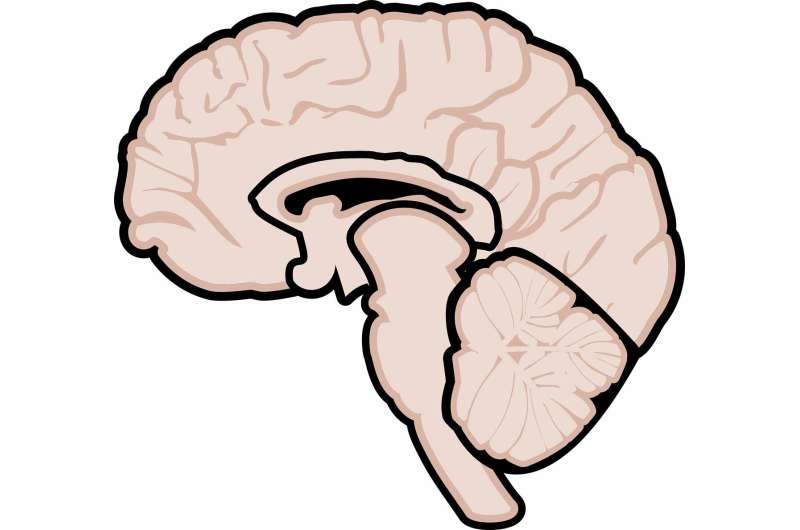Credit: CC0 Public Domain
An international committee of multiple sclerosis (MS) experts has clarified their previously published descriptors of the different courses of MS and disease activity. MS subtypes are consensus definitions rather than pathologically defined phenotypes, and are easily misconstrued. The review was prompted in part by differences in specified indications for MS therapies recently approved by the U.S. Food and Drug Administration (FDA) and European Medicines Agency (EMA). The goal of the review is to improve care and access to treatments, and to refine the selection of clinical trial participants so that trial outcomes can be better applied to clinical care.
The review, recently published in the journal Neurology, was an effort by the International Advisory Committee on Clinical Trials in MS (a body currently sponsored by the European Committee for Treatment and Research in MS and the US National Multiple Sclerosis Society). The work was led by Fred Lublin, MD, of the Corinne Goldsmith Dickinson Center for Multiple Sclerosis, Icahn School of Medicine at Mount Sinai in New York City.
"With this review, we're encouraging the healthcare and regulatory community to use the terms as described for the different subtypes of MS and for describing disease activity," noted Dr. Lublin. "It's critical not just for improving patient care, but also for selecting participants for clinical trials, so you are comparing apples to apples." Dr. Lublin was senior author of two previous papers defining MS subtypes that were published in 1996 and 2013 under the auspices of the committee.
The 2013 course descriptors paper and current diagnostic criteria for MS define four subtypes: clinically isolated syndrome (single episode not meeting diagnostic criteria for MS), relapsing remitting MS, secondary progressive MS, and primary progressive MS. The paper recommended adding modifying terms to the subtypes to describe an individual's current disease state, such as "active" (shown by relapse or changes on MRI) and "progression" (shown by worsening of disability independent of relapse activity). Importantly, these subtypes must be framed in time. While the time period was not specified, it was recommended that an assessment be performed at least annually.
Subsequent to the 2013 paper, there has been confusion in the use of the terms activity, progression, and worsening, and they have been used without reference to timeframe. For example, indications for recent MS therapy approvals by the EMA have defined activity as either clinical relapse or imaging-detected inflammation, whereas the FDA defined activity only in terms of relapses. Neither agency specified a timeframe for the disease activity.
The current review reiterates the definition of "activity" as clinical relapses or imaging features of inflammatory activity, as evaluated annually or over some other interval as long as it is specified. The definition of "progression" is reiterated as clinical evidence of disability worsening, independent of relapses, in patients in a progressive phase, as evaluated annually or over some other interval as long as it is specified. Further, the more general term "worsening" refers to any increase in impairment or disability as the result of residual deficits caused by relapses, or increasing disability during progressive phases of MS.
"As part of its ongoing activities, the committee plans to continue to reevaluate and refine course descriptors, especially when new evidence-based methods enable pathological distinctions between MS phenotypes, said Professor Alan Thompson, Chair of the International Advisory Committee on Clinical Trials in MS and Dean of University College London's Faculty of Brain Sciences. "This would vastly improve prognosis, treatment choices, and the development of more selective therapies."
More information: Fred D. Lublin et al, The 2013 clinical course descriptors for multiple sclerosis, Neurology (2020). DOI: 10.1212/WNL.0000000000009636
Journal information: Neurology
Provided by National Multiple Sclerosis Society






















